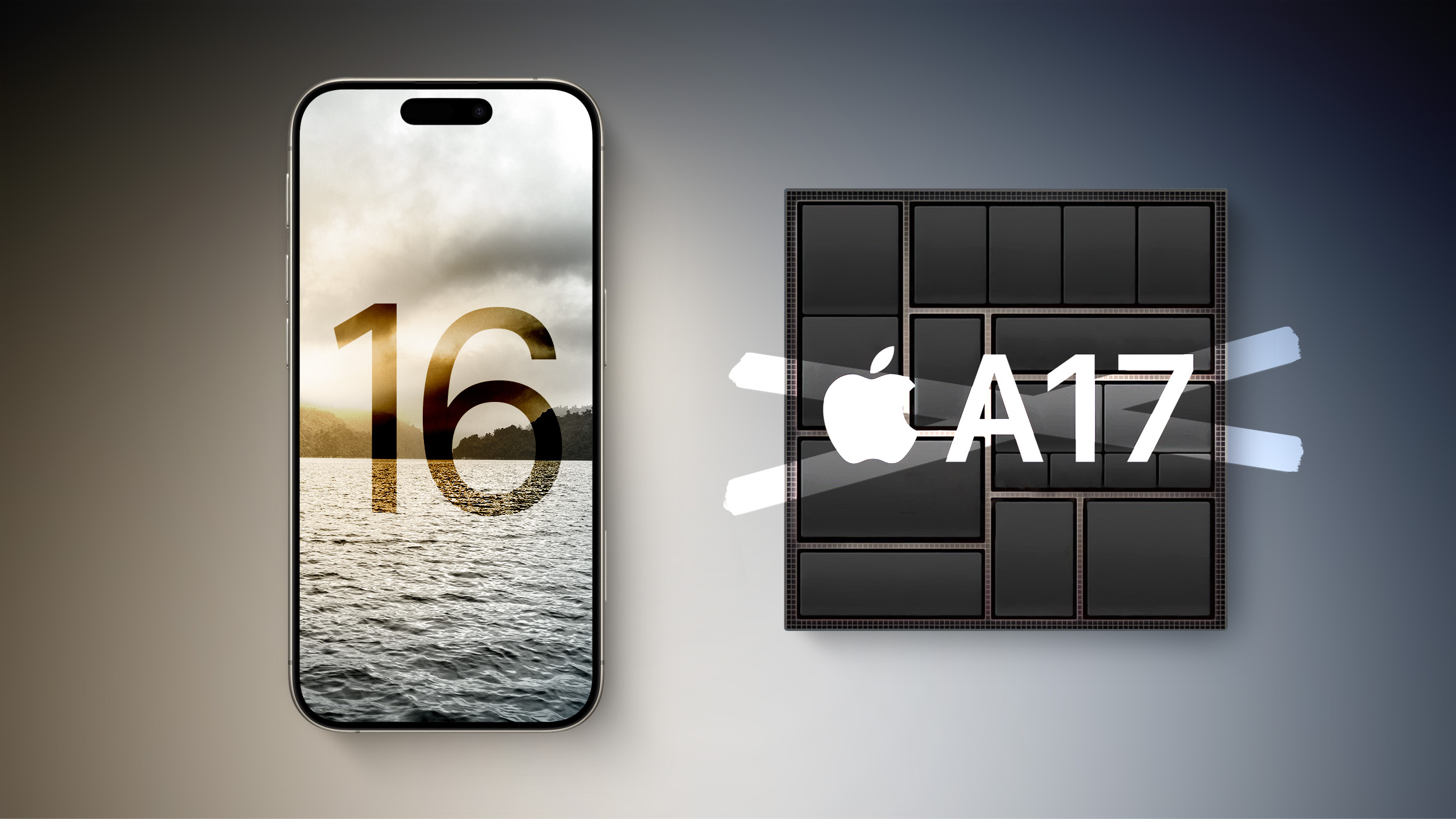
While iOS 17 updates continue to roll out periodically, work is well underway on the next major version, iOS 18, due to be released in beta in June and to the public in September, based on past patterns. Through our sources, MacRumors has received information on early development versions of iOS 18 and the hardware referenced in the code.

The operating system, codenamed "Crystal," contains references to four unreleased iPhone models, which aligns with existing information on the iPhone 16 line up. The models referenced are:
- D47 – iPhone 16
- D48 – iPhone 16 Plus
- D93 – iPhone 16 Pro
- D94 – iPhone 16 Pro Max
For the iPhone 15 Pro Max, Apple developed an alternate version with the device identifier "D84S" for use in proprietary 5G modem testing. The "S" in "D84S" likely stood for "Sinope," the project codename for Apple's in-house 5G modem. Although this device was never released to the general public, it provides insight into Apple's nomenclature in terms of device identifiers.
Code from the operating system also indicates that the entire iPhone 16 range will use a new system-on-chip – t8140 – Tahiti, which is what Apple calls the A18 chip internally. The A18 chip is referenced in relation to the base model iPhone 16 and 16 Plus (known collectively as D4y within Apple) as well as the iPhone 16 Pro and 16 Pro Max (referred to as D9x internally).
This aligns with a previous rumor concerning the iPhone 16 range, and represents a notable change from Apple's previous releases. In the iPhone 15 lineup, the base model iPhone 15 uses the older A16 chip from the iPhone 14 Pro, while the top-of-the-range iPhone 15 Pro features an all-new A17 Pro chip with an additional GPU core and increased clock speed, and it is built on a more efficient 3nm platform compared to the A16.
The iPhone 16 range will, however, apparently feature the same general chip on both base model and Pro iPhones. While the operating system indicates the use of the same t8140 chip for the entire iPhone 16 range, Apple may opt to differentiate the chips used on different tiers of iPhones, such as by using A18 and A18 Pro branding.
In addition to the A18 chip, the operating system contains references to a Broadcom Wi-Fi and Bluetooth module seemingly planned for the iPhone 16 range, but beyond this it does not contain any further details. While the operating system contains codenames related to different hardware components, there is no additional information of note, as the operating system is seemingly too early in development to contain any noteworthy changes compared to iOS 17.
For additional details on what to expect, check out our dedicated rumor roundup pages for iPhone 16 and iPhone 16 Pro.
Article Link: Early iOS 18 Code Reveals Four New iPhone Models With A18 Chip

